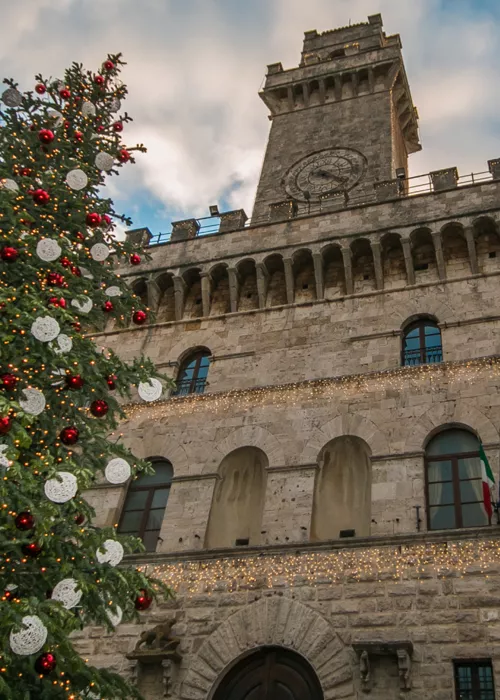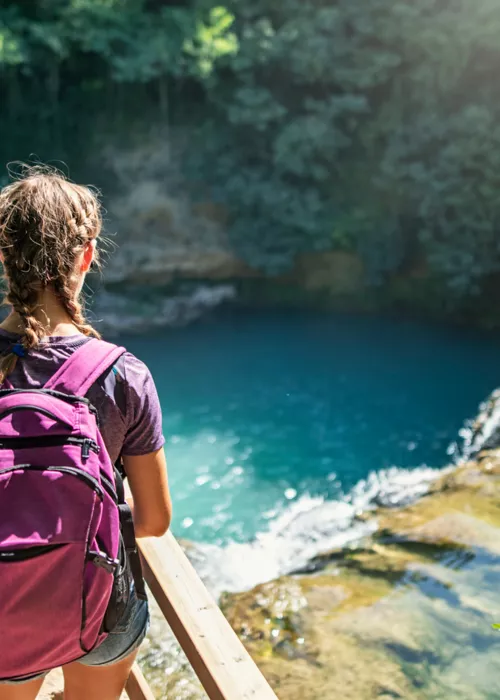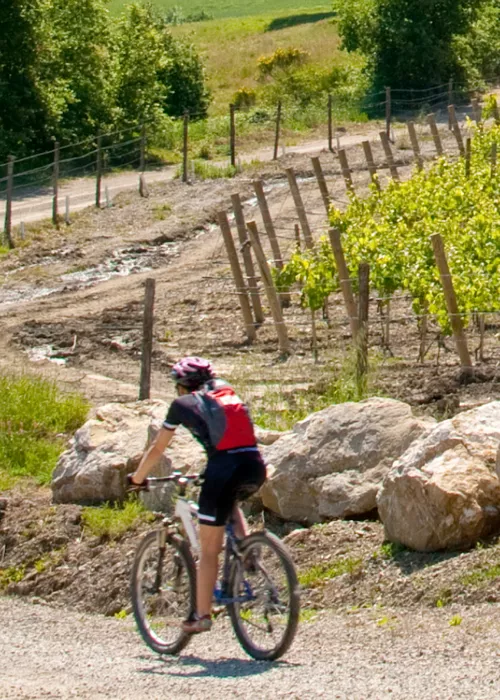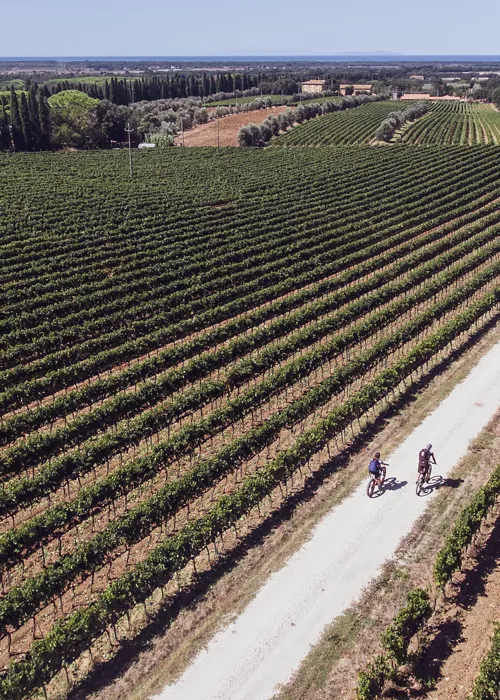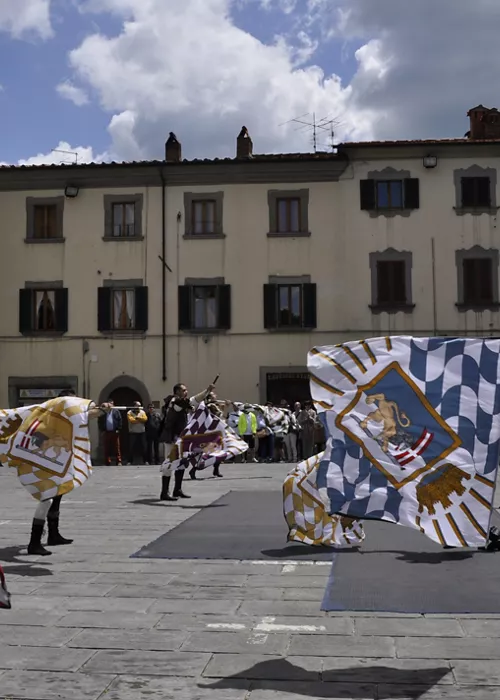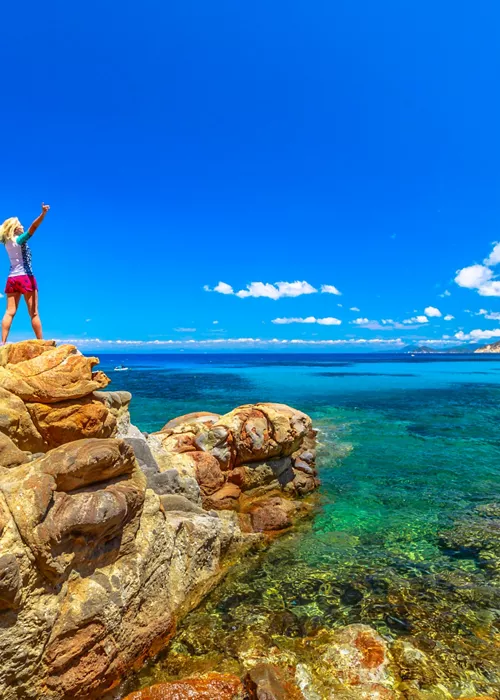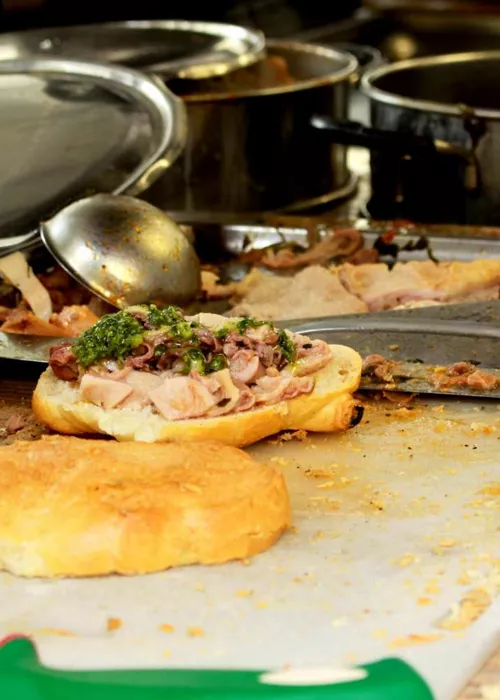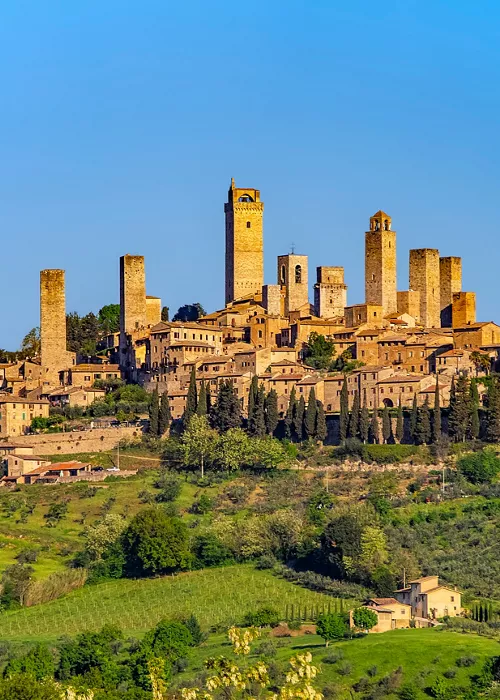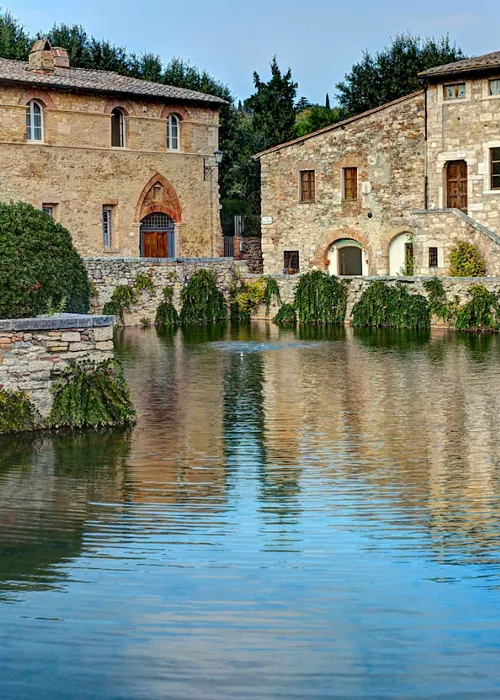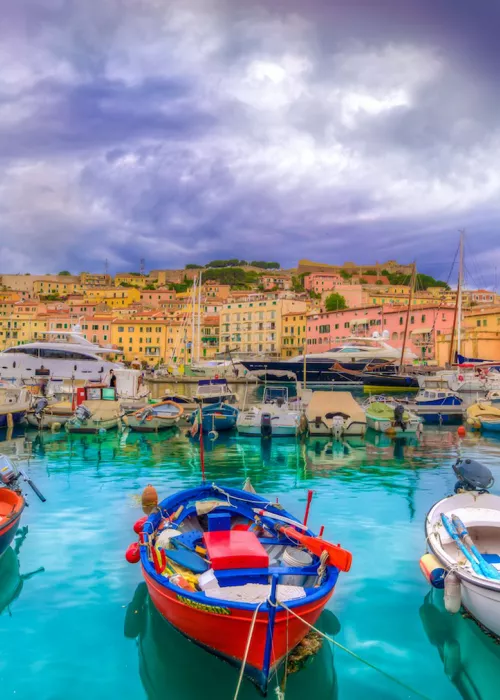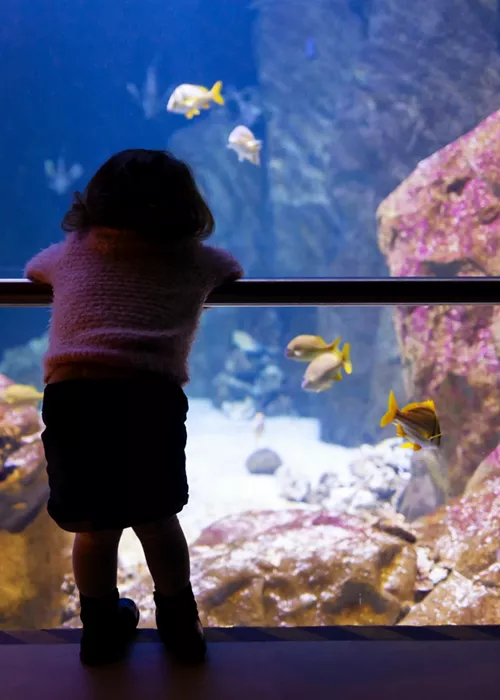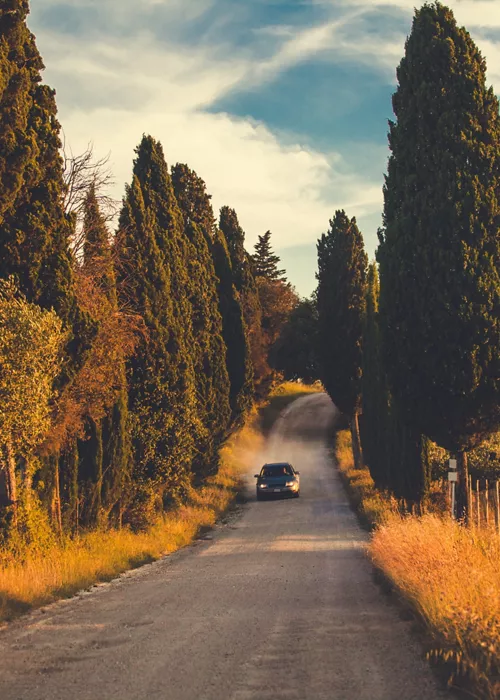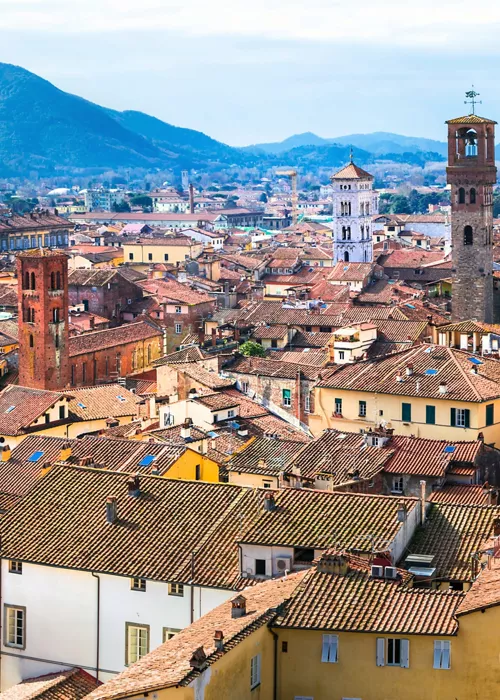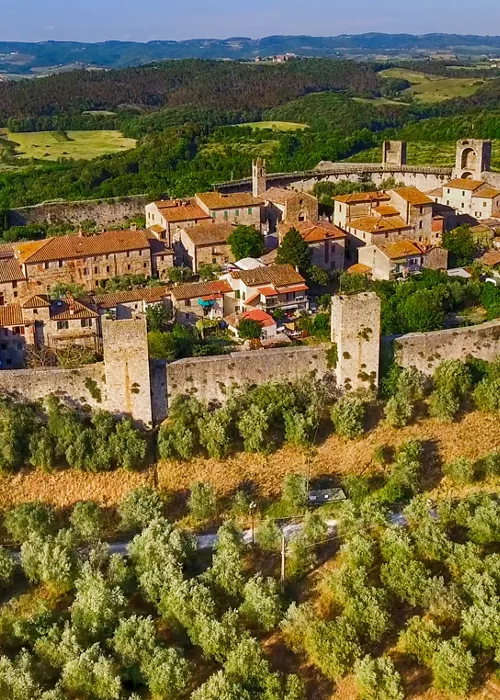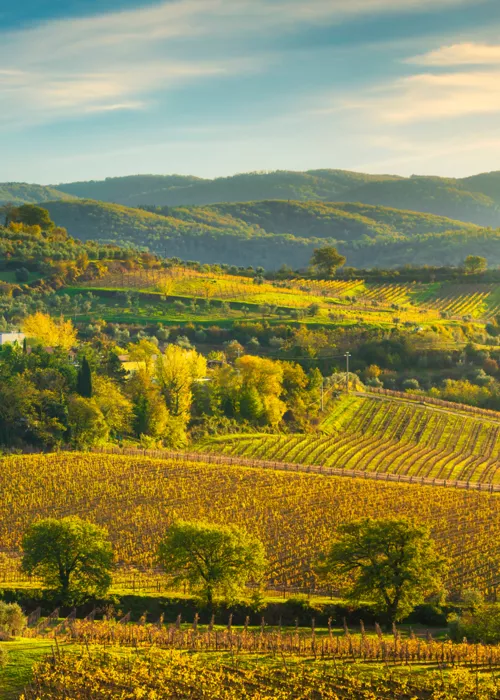Eleventh stage of the Giro d'Italia 2023: From Camaiore to Tortona
3 minutes
Setting off on the eleventh stage of the Giro d’Italia 2023, the longest, with its 219 kilometres, beginning in the municipality of Camaiore, nestled between the Apuan Alps, the hills and the sea, in the heart of Versilia. Founded by the romans as an outpost in Lucca, it has, however, much older origins: in the Grotta dell’Onda and in Candalla, today archaelogical sites that are popular destinations for excursions, findings dating back to prehistoric times were found. Camaiore owes its name to the place name 'campus major', which refers to the large plain that connects Lucca to the port of Luni. The city still retains its medieval structure: it is located at the top of a hill, overlooked by a high bell tower with the streets of the old town divided into districts, as was the custom in the past, and the remains of the city walls found in Piazza XXIX Maggio. At the time, the city served as a junction for pilgrims travelling the Via Francigena, stopping at the Abbey of Saints Peter and Paul where they could rest after the long walk.
The unspoiled nature that surrounds Camaiore offers many experiences to those who visit it: the paths that wind through the hills are part of the Francigena and Camaiore Antiqua routes where visitors can go for simple walks in the greenery, orhikes and climbs until arriving at the sea, which appears crystal clear before your eyes.
The coast is dotted with many establishments where you can spend relaxing days and also fun summer evenings, but the best place to walk and admire the views is the Pontile Bellavista Vittoria, a construction by the sea, offering a spectacular 360-degree view.
The specificity of the Camaiore culinary tradition lies in its typical dishes, both from the sea and the land, thanks to its strategic location between the Ligurian Sea and the Alps. One dish that must be tried is a dish of peasant origin, the 'tordelli camaioresi': large ravioli filled with beef and pork served with tomato ragu. Pork mortadella, known as 'sbriciolona', is a delicious typical sausage produced in the mountains, with a sweet and delicate taste, to be served with savoury pies, such as the courgette-based 'scarpaccia camaiorese' or the 'torta di pepe' (pepper pie), a very spicy recipe with an intense flavour.
On the coast, it's possible to sample the many varieties of fish that populate the Ligurian Sea, prepared in fritters, risottos, soups, and many other specialities.
The 'convoy', having passed the Castagnola Pass, enters the province of Alessandria through various locations until reaching Tortona, which was already a stage of the Giro d'Italia in 2017.
The city of Roman origins stood around the castle, on the Savo Hill, the biggest of the seven hills in the area. Over the course of millennia, several buildings were erected on the same site and few traces remain today from different eras, testifying to the presence of various dominions. One of these is the Castle Tower, a symbol of Tortona, which is the bell tower of the chapel dedicated to Blessed Amedeo of Savoy, part of Fort St Victor, the only remaining element of the imposing fortress that survived the destruction decreed by Napoleon in 1801 following agreements with the Tsar of Russia.
Don't miss the Cathedral of Tortona, a Cathedral dedicated to Santa Maria Assunta and San Lorenzo, with a very simple façade, but a lavishly decorated inside. There is also the Church of Santa Maria Canale, a beautiful early Christian and Romanesque construction, which was thereafter restored in the Gothic style, and many other churches scattered throughout the region.
Numerous activities are possible in the surrounding area, in all seasons: cycling, of course, thanks to the numerous marked routes, mountain biking on the green hills, and alsobackpacking, hiking, skiing and ski-mountaineering during the winter months.
And now we turn to discussing the local cuisine: it is characterised by recipes of very ancient origins. From agnolotti, a fresh pasta stuffed with beef stew in red wine, which used to be prepared only on special occasions, to ajà, a sauce for seasoning tagliatelle obtained by crushing walnuts, garlic and butter with a pestle, to chickpea soup, stew, farinata, and the many exquisite desserts from the humble cuisine of yesteryear.
The stage podium
Chef Enrico Croatti's scallops to experience Tuscany
Scallops are a common food in many regional culinary traditions and can be enjoyed at all times and in all seasons.


